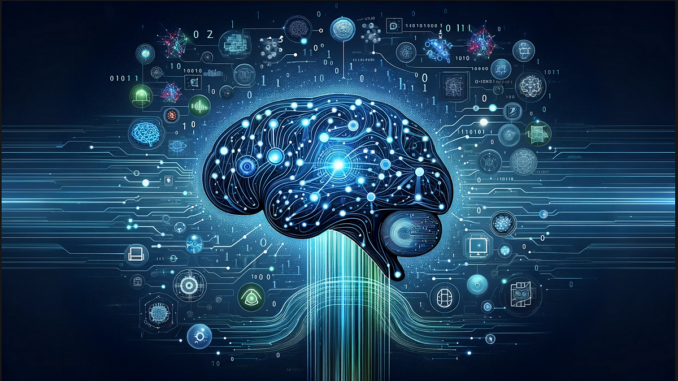
Deep learning has become one of the most exciting fields in technology and artificial intelligence, with applications ranging from self-driving cars to medical diagnoses. At the core of these advancements are deep learning frameworks — software libraries specifically designed to assist with the development of deep neural networks. In this blog post, we will explore some of the most popular deep learning frameworks and compare their features, usability, and performance.
Developed By: Google Brain Team
Key Features:
- Robust, flexible ecosystem of tools, libraries, and community resources.
- Strong support for deep learning and machine learning both on CPU and GPU.
- Extensive suite of tools for constructing and deploying machine learning models, including TensorFlow Lite for mobile.
Pros:
- Highly scalable for computation across machines and large datasets.
- Integrated with Google Cloud Platform, providing a seamless transition to deploy models.
- TensorFlow Extended for end-to-end ML pipelines.
Cons:
- Steep learning curve for beginners.
- Verbose and complex syntax for some operations.
Developed By: Facebook’s AI Research lab
Key Features:
- Dynamic computation graph that allows for flexibility in changing the graph on the fly.
- Emphasizes usability and simplicity, with a more Pythonic interface.
- Good integration with Python data science stack.
Pros:
- Easier to learn for beginners, especially for those familiar with Python.
- Better support for research and development due to its dynamic nature.
- Strong community and growing popularity.
Cons:
- Less mature in deployment environments compared to TensorFlow.
- Smaller ecosystem, though rapidly growing.
Developed By: François Chollet
Key Features:
- High-level neural networks API running on top of TensorFlow, CNTK, or Theano.
- Designed for human beings, not machines, with a focus on user experience.
- Supports almost all neural network configurations you can think of.
Pros:
- Extremely user-friendly, easy to build and train models.
- Great for prototyping and small projects.
- Large community and extensive documentation.
Cons:
- High-level abstraction can limit the control over the model.
- Performance may not be as optimized for large scale and complex models.
Developed By: Berkeley AI Research (BAIR) laboratory
Key Features:
- Expressive architecture encouraging application and innovation.
- Extensible code fosters active development.
- Speed makes Caffe perfect for research experiments and industry deployment.
Pros:
- Very fast due to its C++ backend.
- Pre-trained models and weights are easily accessible.
- Good for convolutional neural networks (CNNs) and image processing.
Cons:
- Less intuitive for beginners.
- Limited support for recurrent networks and language modeling.
Developed By: Montreal Institute for Learning Algorithms (MILA), University of Montreal
Key Features:
- Tight integration with NumPy and transparent use of GPU.
- Efficient symbolic differentiation and speed optimizations.
Pros:
- Good option for academic research with a need for highly mathematical computations.
- Allows for complex model creation.
Cons:
- Development officially stopped in 2017.
- Outshined by newer frameworks with more features and support.
Choosing Your Weapon:
So, which framework reigns supreme? The answer, as always, is “it depends.” Consider these factors:
- Your experience level: Beginners might find PyTorch or Keras more approachable, while experienced users might appreciate the power and flexibility of TensorFlow.
- Project requirements: For resource-intensive tasks or large-scale deployments, TensorFlow might be better suited. Image-centric projects might benefit from Caffe, while Keras excels in rapid prototyping.
- Personal preference: Ultimately, the best framework is the one that feels most comfortable and intuitive for you. Explore tutorials, documentation, and online communities to see which one resonates with your coding style.
When comparing these frameworks, it’s important to consider the specific needs of the project at hand. TensorFlow and PyTorch are the leading frameworks with the largest communities and most extensive resources. TensorFlow is better suited for production models and large-scale deployment, while PyTorch offers greater flexibility and ease of use, making it preferred for research and prototyping.
The choice of a deep learning framework ultimately depends on the specific requirements of the project, the team’s expertise, and the desired balance between ease of use and control over the training process. Each framework has its strengths and weaknesses, and the best choice may even involve using more than one in tandem to achieve the best results.
What are your experiences with deep learning frameworks? Share your thoughts and questions in the comments below, and let’s build a community of informed AI enthusiasts!

Be the first to comment